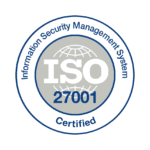Unlock IBM i (AS/400) Data And Processes
API-led Connectivity
Integrating IBM i systems
There is no question that one of the biggest challenges of modern IT is a massive IT delivery gap due to disruptive market forces and growing business demands. Technology is changing at a rapid pace, allowing businesses to increase productivity, reach new markets in creative ways and provide a greater level of customer service, all of which increase the bottom line.
Companies that are running on IBM i (AS/400) based systems are in a unique position to take advantage by implementing a well architected and executed integration strategy.
This paper reviews the primary drivers for integration, the challenges faced by CIOs trying to meet the changing business requirements by leveraging their company’s investment in the IBM i (AS/400) based systems, and the successful integration story of a company that utilized the API led approach to unlocking the back-end data and business logic.

Primary drivers for integration
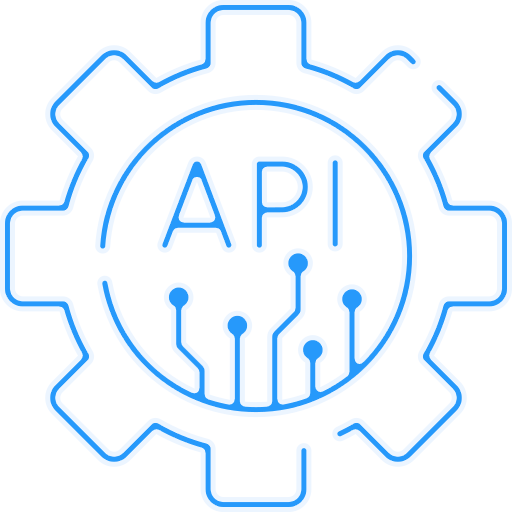
Self-serve IT
A new operational model has emerged, shifting the Central IT away from its traditional role as a sole technology provider. IT builds, operates and governs core data and processes via the System APIs. Business, partners, vendors and customers consume the APIs to rapidly deliver their own projects.
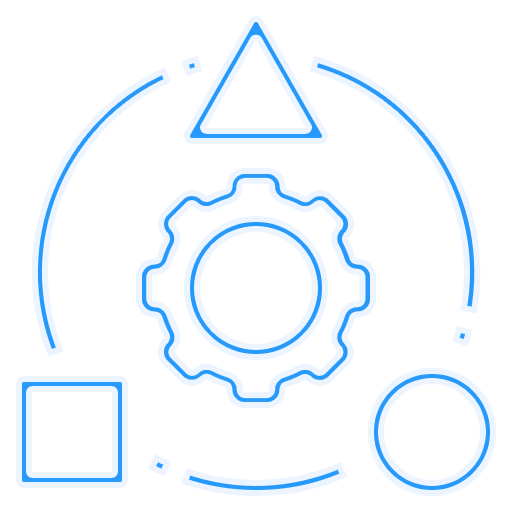
Leverage existing business logic and processes
Expose IBM i data and processes as reusable assets / APIs and consume the APIs provided by other systems, partners, vendors and customers.
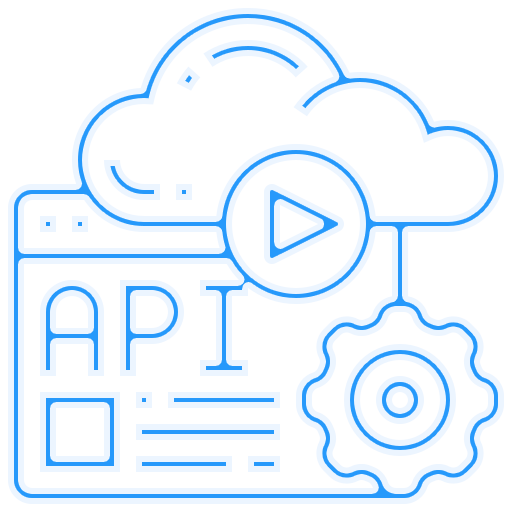
Seamless integration of applications and data
Provide a seamless integration of applications, data and devices by using a common technology and engagement infrastructure for publishing, consuming, discovering, and collaborating on the reusable data and process APIs.
Challenges faced by CIOs
While the foundation is solid, the applications that many companies are running on IBM i have been developed many years ago and present a number of challenges.
The IBM i is a modern, secure, stable and highly sophisticated operating environment that requires little or no management. It is designed to securely and predictably run diverse workloads such as core line of business applications, focusing on quality of service and availability. The system claims one of the lowest Total Cost of Ownership for integrated on premise solutions.
These are all valid reasons why you should consider integrating your IBM I with your other systems. There are, however, several challenges that must be considered and dealt with.

Responsiveness to business requirements
IT traditionally focuses on incremental changes and maintaining legacy applications, often becoming a bottleneck of Digital Transformation initiatives. Businesses must rapidly deliver new products and services while keeping the efficient operational models and offering customers multiple channels to interact in real-time.

Data issues
The Integration team has to understand the database model, implicit rules around lists of values etc. In many cases, the data must be “scrubbed” before it can be used by outside components. With a direct DB interface, the external processes may accidentally affect DB engine performance by running un-optimized queries.

Closed proprietary nature of applications
Data and processes running on IBM i based monolithic applications are traditionally slow and expensive to unlock

Point to point
Piecemeal integration strategies using a variety of point-to-point technologies, typically filebased batch processes. The systems become tightly coupled, the interfaces are brittle, hard to manage, slow and expensive to change and reuse.

Technical debt
Large monolithic applications have been developed over the course of many years by various teams with implicit dependencies between application modules, often inefficient and redundant code. Changes are risky and take a long time to implement. Issues are hard to troubleshoot.

Skill gap of IBM i team
Typically, the IBM i team doesn’t have extensive integration experience, and applies AS400 application development design patterns to integrations, resulting in a point to point spaghetti bowl

Green screen user interface
A text based UI, often with embedded business logic, slows the onboarding of new system users, limits reuse via modern web and mobile clients

Expensive tools
From IBM and modernization vendors
The Opportunity – API-led Connectivity
The solution to solving these challenges is API led connectivity.
The fundamental building blocks of an API led architecture are purpose-driven development of API’s in order to meet application requirements while establishing policies and managing access to backend data.
In most of the integration scenarios IBM i plays the role of System API provider or Experience API consumer. The IBM i supports a wide variety of built-in and commercially available integration tools and options to implement both of these scenarios. With the choice comes the challenge of selecting the right tool.
Below are some considerations for selecting the right local architecture, design and a set of tools:
Consistency
All use cases that fall into the same category should be implemented using the same architecture, design and set of tools. For example, IBM i Integrated Web Services server (IWS) is a quick and relatively easy tool to expose simple RPG programs as REST or SOAP web services and could support a number of integration use cases. However, the IWS has some limitations on passing the request and response data, performance, security, as well as introduces another runtime (Apache server with IWS). For transactions with large complex payloads or high transaction volumes, such as sales order, the alternative approach or tool would be required.
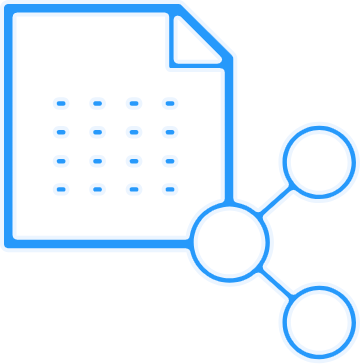

Learning curve
Reuse is important for rapid service delivery. This applies to both application assets and the existing skills. Teams should work with the technologies and tools they are already comfortable with. IBM i development teams can naturally work with DB2 database tables and call IBM i programs from their integration layer. By contrast, it requires significantly more effort (time and risks) for cross-functional developers with prior experience to parse XML, call HTTP endpoints, and execute Java methods from RPG.
Scalability
The IBM i integration architecture must be able to scale with increased demand and ensure service availability while limiting the system impact from the peak volumes. Typically, this is achieved by using Data Queues and asynchronous processors for communicating with external systems.

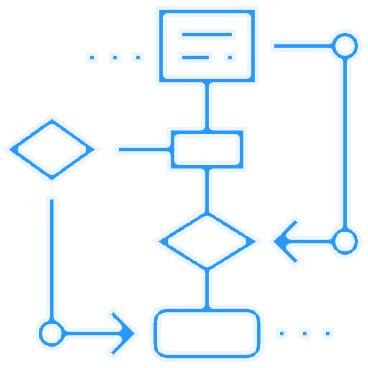
Operational data insight
The IBM i integration toolset should capture key operational data for all inbound and outbound transactions. The data can then be used for Adhoc monitoring and alerting or streamed into the Business Activity Monitoring tools such as Splunk, which can implement proactive alerting based on transaction processing time as compared to historical averages etc.
How to achieve API-led integration?
Access IBM i business data
From the consumer point of view, the data is provided via the API. The data access can be implemented via direct database queries and / or by executing the IBM i data extract programs. For example, product name and features can be retrieved directly from the merchandize management system’s database, while the product pricing information would most likely be returned by a program that contains the business logic of applying various pricing catalogs and discounts based on the customer, product, location, date, promotion code, and other parameters. For consistent integrations, the recommendation is to always serve IBM i business data via API.

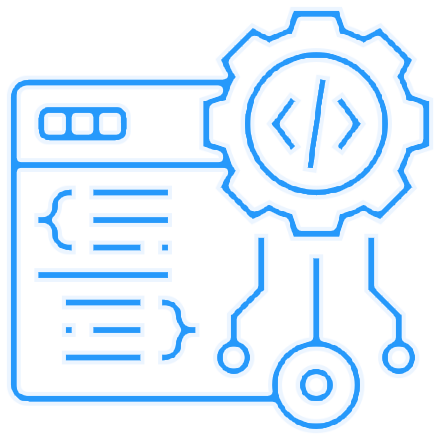
Execute IBM i business function
Consumers call the API that in turn calls an IBM i program and facilitates request / response data exchange in the case of complex data structures. For example, when passing a sales order that includes a list of products, payment methods, fulfillment methods and other information, it does not easily fit into program parameters. Typical API implementation for this use case is to stage the data in the database then call IBM i program to process the data.
Stream IBM i business events
In this case, back-end function publishes the event (such as order status change or customer request) via a special API, playing the role of service consumer. It is common to send the events asynchronously to minimize system impact, balance the load and improve reliability. Depending on the nature of the event it may only contain the ID and new state of the entity, or the entire entity (such as customer details) can be attached to the event and sent for consumption. Integration platform routes the event to subscriber(s) applications and publishes using their APIs.


Access external data from IBM i processes
In this scenario, the IBM i application consumes the external API. There are various techniques and methods to access remote databases directly from IBM i program (for example using Java / JDBC wrappers) however this approach is not recommended due to downsides of direct point to point interfaces. A better option is to publish the API that implements data access to remote systems into the integration platform, then IBM i process can consume the API to get the data.
Execute external business function from IBM i
The back-end program will consume an API exposed by the integration platform. There’s a number of tools that aim at insulating back-end development teams from any knowledge of API calls.

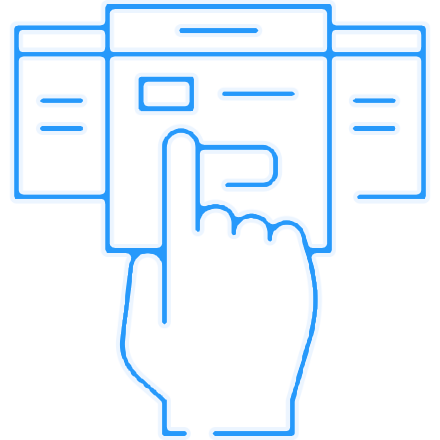
Subscribe to the external business events on IBM i
The IBM i application provides an API to receive the event notification from the integration platform. It is common to queue the incoming events and process them asynchronously to improve the throughput and minimize system impact due to volume spikes.

Integration in action
Mulesoft Anypoint platform facilitates the API led connectivity approach, application network, connects anything to anything, translates between XML, JSON, IBM i database structures, etc. The AS400 connector simplifies integration with IBM i systems via data queues, command calls, and program calls. Infoview Web Transaction Framework streamlines and accelerates the AS/400 integration layer development, hides complexities of dealing with data queues and external systems, provides a lightweight and straightforward development and operational model for IBM i integration programs
Together the Mulesoft Anypoint Platform, the AS/400 connector, and the Web Transaction Framework provide an end-to-end solution for rapidly unlocking IBM i data and processes and consistently enabling IBM i applications to consume external APIs.
Connecting, modernizing, or migrating off legacy systems is a complex undertaking. Success rates are much better with a capable cross-functional delivery team with both Integration and IBM i experience. You can learn more about our professional services by visiting our website and learning about the MuleSoft Anypoint Platform, the AS/400 connector, and Web Transaction Framework
Featured Case Study
Specialty Retailer Unlocks Legacy ERP data and Business Processes
Better enabling connections to enterprise systems, vendors, and partners


